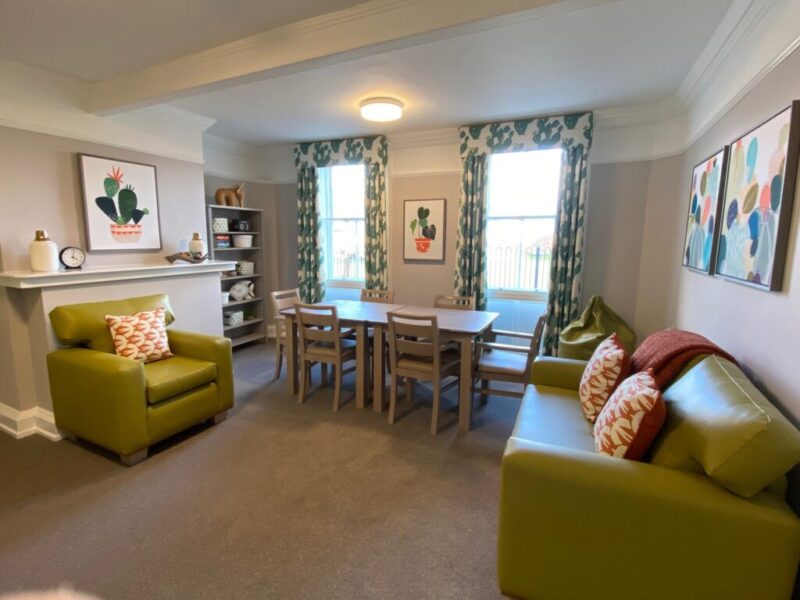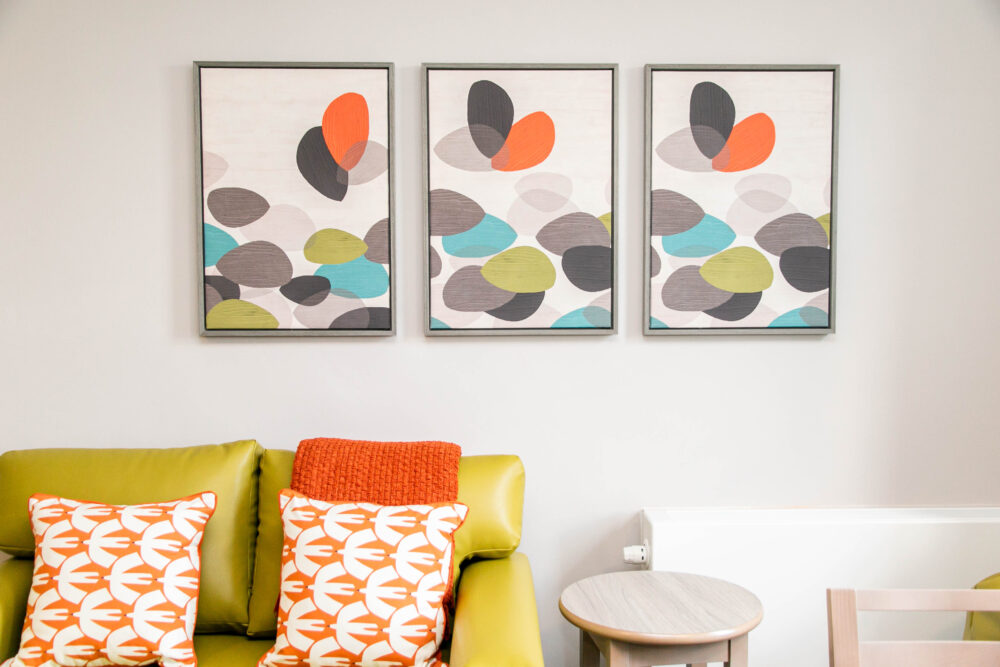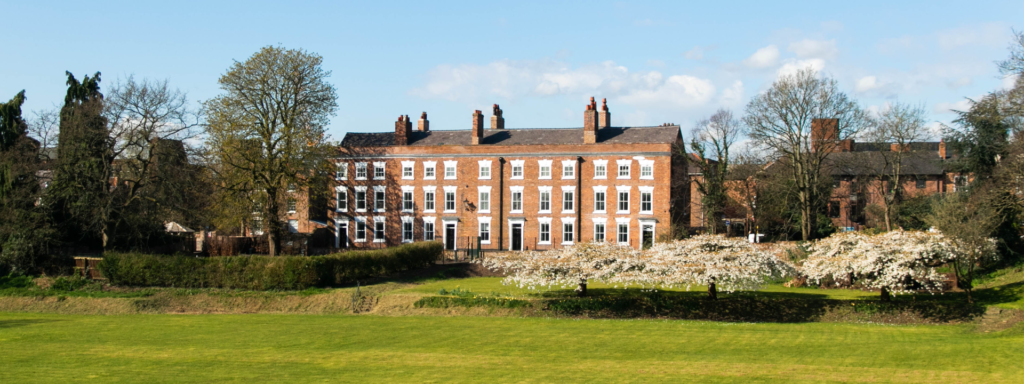
The buildings we live and learn in have a significant impact on our mental and physical health. Physical comfort, aesthetics, and functionality combine to influence how we feel about the spaces we use. In addition, a building’s location makes accessing community spaces easy or difficult – the easier we find access, the more likely we are to make it happen.
Autism can make some aspects of the world difficult for people to understand and manage. This means special care is needed when designing physical spaces for living and for learning. We believe we have created high quality environments that are both functional and attractive both at Abbey School for exceptional children and in our newly offered residential provision at Abbey Green.
Buildings
Our school is a purposefully restored 250-year-old grade II* heritage listed building. There is ample space for a full range of educational activity for up to seventy-five full-time pupils in classrooms of 6-7 pupils and with a range of additional topic areas and circulation spaces that make navigating the school simple and straightforward.
Residential accommodation is available for up to thirty pupils in four fully renovated mews houses. The accommodation is homely and domestic in scale and being nearby but away from the school building means pupils can have a sense of a life at home distinct from the school day. The houses are furnished and equipped so that children and young people can learn essential life skills according to their age and developmental ability.

Location
Being in the centre of Chester means shops and local businesses are easily reached as are many of the city’s most popular leisure and recreation facilities. This helps foster a sense of belonging in the heart of a supportive and welcoming community. Because access is easy it means it happens often. In addition to enjoying the opportunities the city provides, pupils are also able to extend the skills they learn at school to real world settings.
Design
Our principal design aim was to create environments that would enhance the happiness and wellbeing of pupils and staff by actively promoting learning, development and growth while minimising the risk of sensory discomfort or evoking behaviours of concern. We worked closely with a firm of autism-specialist architectural technologists to produce state-of-the art spaces that would be comfortable, attractive, and functional.

Some of the features integrated into the design of the school building include:
Acoustic baffles that have been added to ceiling rafts to absorb sound so that noises from outside the classroom do not bleed into the space and disrupt lessons. Within the classrooms, the acoustics are designed to avoid unpleasant echoes and so that the teacher can be clearly heard.
Temperature and air quality management. A state-of-the-art heating and ventilation air exchange system ensures classroom air is always fresh and pure. Avoiding the build-up of carbon monoxide prevents fatigue and enables pupils and staff to focus on creating engaging learning opportunities.
Navigation aids that help pupils to know where they are and what a particular space is for. This includes wayfinding solutions such as coloured carpets and furnishings, textured surfaces and audio-visual signage.
Distraction avoidance of items such as screws in light switches, LEDs in smoke alarms, heavily patterned surfaces, and materials like vinyl coverings in toilets.
Included in the design are five separate external areas for pupils of different ages and interests.
– Our younger children’s play area has a special play surface with a pattern that highlights a route around the space.
– The older children’s area has a range of robust exercise equipment.
– Our kitchen garden provides a place for pupils to connect with nature and learn gardening skills.
– Our external pagoda means children can enjoy the outdoors even during inclement weather.

To find out more about Abbey School, click here to book onto one of our virtual open days.


